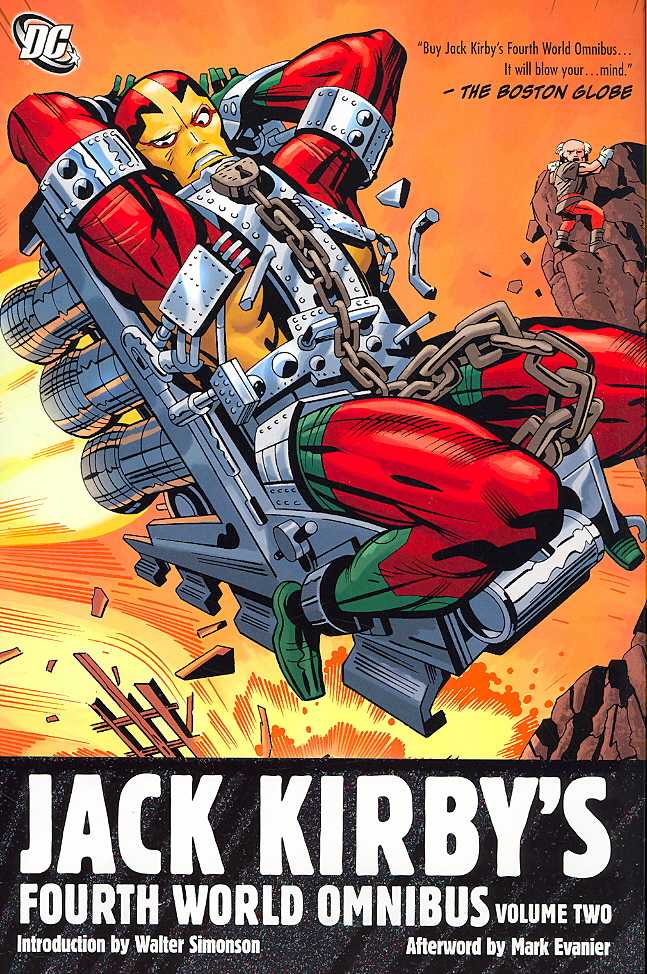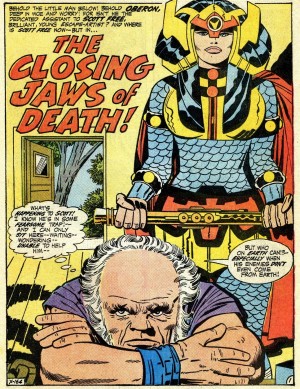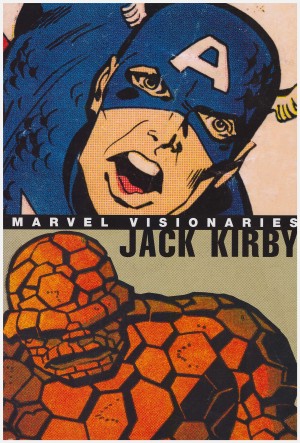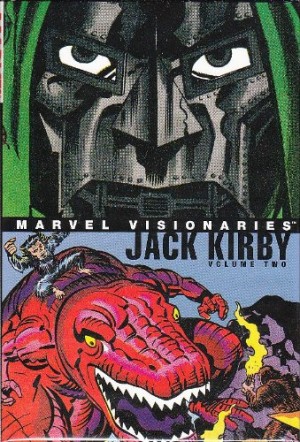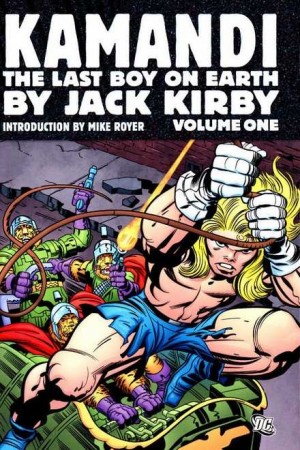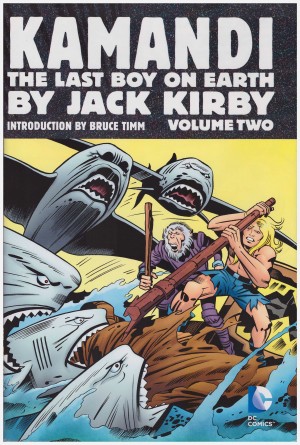Review by Michael Wolff
The second collection of Jack Kirby’s 1970-1973 work for DC Comics is something of a mixed bag. At the low end was the notion of using the comedian Don Rickles as a character in a story arc within some of the Jimmy Olsen stories. Not altogether a bad idea, but not quite the sort of concept for the apocalyptic scope of a writer such as Kirby. To make it work one would have to possess the sort of kink found in the minds of writers such as Grant Morrison, Neil Gaiman or John Wagner.
Kirby was always more comfortable with characters representing the uttermost of extremes. An example of this can be found in the New Gods story ‘The Glory Boat’, where an extreme advocate of aggression is sharing raft space with an extreme advocate of pacifism. Kirby tries his usual best here, but sometimes the results end up appearing more as two-dimensional parodies as opposed to flesh-and-blood characters.
On a much more positive note, we have the début of Big Barda: perhaps the best secondary character to achieve break-out status within Kirby’s “Fourth World”; oftentimes overshadowing her partner, Mister Miracle. An attractive woman with the strength of a demigod, Barda immediately caught the attention and appreciation of Kirby’s audience. Or at least the males in the group.
The volume also introduces two examples of Kirby’s talent for creating interesting villains. Virman Vundabar is a toadying aficionado of the classic Prussian military style, complete with monocle, and Doctor Bedlam is a disembodied intelligence who moves among a series of android “blanks”. And, going back to Mister Miracle, the volume contains the first of the ‘Young Scott Free’ backup features: brief looks into the development of a character which, in his own way, outpaced the New Gods in terms of characterization and depth. The ‘Young Scott Free’ stories also enabled Kirby to add brushstrokes to the Fourth World, beginning glimpses into the past which he would soon expand with a vengeance. See volume three.
